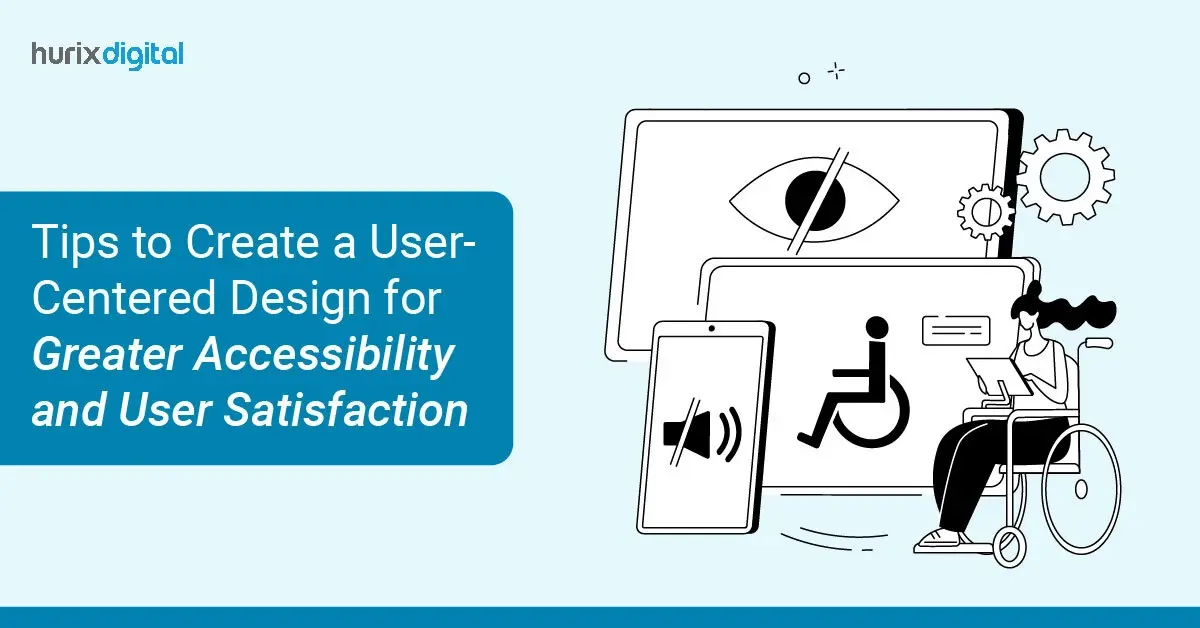
Why UX Research Matters? The Best User Experience Design Solutions for Creating Success
Summarize with:
The success of every digital product or service relies majorly on user experience design. UX design research bridges the gap between what users require and how exceptional the user-centered design needs to be. Whether it is about user journey mapping or even a user experience audit, it is critical in producing user experience solutions for your target audience.
A survey by Walmart states that every one-second improvement in page load time increases the conversion rate by 2%. Thus, businesses must understand how UX researchers impact their growth.
This guide discusses what UX researchers and user experience design services do, why their work matters, and how they make a difference in developing high-quality UX design. Let’s explore the world of UX research and testing together.
Table of Contents:
- What is UX Research?
- Why is Conducting UX Research Important?
- Types of UX Research
- When Do UX Researchers Conduct UX Research?
- Efficient Tools Used to Upgrade UX Design Research
- Conclusion
What is UX Research?
UX research refers to the study of users and their interaction with digital products or services. It offers insights, through various methods, into the UX design process so that end products meet the needs and expectations of all users.
Employing techniques like UX research and testing, surveys, and interviews uncovers users’ pain points and behaviors and helps them decide on what to prioritize regarding user-centered design.
UX research is extremely wide. Some examples include:
- User Surveys and Interviews: It is getting direct feedback from the user regarding their needs and preferences.
- User Experience Testing: Observing users interact with a product to determine usability problems.
- Card Sorting: Content categorization in terms of optimum information architecture.
- A/B Testing: Comparing two design variations to determine which is better.
- Heatmaps: Interactions of a user analyzed for areas of interest or frustration.
- User Journey Mapping: Visualizing UX design across stages of interaction and identifying problems.
- User Experience Audit: Ensuring that the user-centered design maintains accessibility and usability.
Also Read: Strategies for Designing the Future with Gen AI-Driven UX
Why is Conducting UX Research Important?
Google’s user-centric design approach, backed by solid UX research, enabled it to reach a higher user retention rate in 2024 for its flagship products.
Here are some key reasons why every organization must collaborate with professionals https://www.hurix.com/solutions/technology-solutions/ux-as-a-service/:
- Improves Usability: Identifies pain points and gives actionable insights to enhance usability
- Boosts User Satisfaction: Helps the product meet the expectations of users and increases satisfaction and loyalty
- Reduces Development Costs: Saves time and money that would have been used if problems were identified at the development stage
- Enhances Decision Making: Data-driven insights power design teams to make appropriate choices
- Drives Business Success: Enhancing user experience solutions increases engagement and conversion rates
Types of UX Research
UX researchers use a range of methodologies depending on the project goals. Some key methodologies are as follows:
1. Qualitative Research
This approach centers on understanding the behaviors and motivations of users. It gives rich, narrative data and insights. It includes:
- Interviews: One-on-one discussions that expose deep user views. For example, finding out why a user leaves a checkout process.
- Focus Groups: Moderated group discussions to elicit diverse opinions about a product or service.
- Ethnographic Studies: Observe users in their natural environment to identify how they interact with the product.
2. Quantitative Research
Quantitative methods make use of numerical data to identify usability patterns and measure them. It includes:
- Surveys and Questionnaires: This method is used to gather large-scale data to analyze user preferences.
- A/B Testing: Comparing two versions of a design to determine which performs better.
- Analytics and Heatmaps: Using the likes of Google Analytics to track user behavior on a website.
3. Generative Research
This will consider user needs and places of innovation. For instance, generative research can be quite handy in determining features that a fitness app would require but doesn’t. Its inclusions are:
- Card Sorting: To understand how users categorize content or help in organizing information architecture.
- User Journey Mapping: Representing the user’s experience to reveal pain points and opportunities.
4. Evaluative Research
Evaluative research evaluates a product’s usability and functionality before and after development.
- Usability Testing: Studying users when they carry out tasks to find friction points.
- User Experience Testing: The product should meet the user’s expectations.
- User Experience Audit: Review existing designs for areas that need improvement.
When Do UX Researchers Conduct UX Research?
UX research is not done at one time but continuously throughout the product lifecycle. Here are the main stages:
1. Ideation and Concept Phase
At this phase, UX research is to be done to understand what the users need and what the market demands. For example, conducting surveys before creating a fitness meal-planning app to understand the user’s preferences for features such as recipe customization.
2. Design Phase
Here, researchers will test initial prototypes to receive feedback. For instance, they can use wireframes to conduct usability testing and refine navigation.
3. Development Phase
During the development phase, continuous testing of the user experience ensures that the design is in line with the users’ expectations. Researchers and UX consulting services can use A/B testing to decide between two interface options.
4. Post-Launch Phase
Even after the launch, UX research continues to identify areas for improvement. For example, using user experience design services to conduct user experience audits to analyze analytics data and improve underperforming features.
Efficient Tools Used to Upgrade UX Design Research
Modern UX design research depends on the correct tools. Here are the best ones:
1. Prototyping and Testing Tools
These tools enable real-time collaborative working on interactive prototypes among teams. Most of these resources are good for building clickable prototypes that can be used for usability testing purposes.
2. Analytics Tools
Tools like Google Analytics can be used to analyze users’ behavior, bounce rate, and conversions. The best ones offer heatmaps and session recordings to identify user pain points.
3. Feedback and Survey Tools
Researchers can use interesting surveys to gather user feedback and work on it in real time.
4. Tools to Create User Journey Maps
A user journey mapping tool supports persona creation for visualization and mapping user journeys.
5. Tools to Conduct Remote Research
These resources help in conducting usability testing and interviewing online. Most of them are helpful for tree testing as well as card sorting-related information architecture.
Also Read: Adoption of Enterprise UX Solutions as a Digital Transformation Best Practice
Conclusion
UX design researchers are the real champions of user-centered design. They effectively translate data and insights into the right decisions, leading to better user satisfaction, increased engagement, and improved business outcomes.
With 88% of online users being less likely to come back to a site due to a bad experience, the relevance of UX research cannot be ignored.
Thus, a company that invests in UX consulting services and user experience solutions can win the cutthroat competition. UX design research is not a stage in the design process but the base on which impactful user experiences are built.
If you, too, want to revolutionize the user experience design services for your business, collaborate with experts at Hurix Digital. You will benefit from their expert UX consulting services, user experience audits, and innovative user experience solutions.
Call the experts to find the best UX consulting services based on your business needs!
Summarize with:

Associate Vice President – User Experience Design at Hurix Digital (EMEA), with 10+ years in UX and design leadership. She champions AI‑driven, inclusive, and strategy‑led UX across banking, fintech, EdTech, MedTech, and e‑commerce sectors.
 Upcoming Masterclass | Build an Army of Brand Evangelists using Training & Development | November 6th, 8am PT | 9PM IST |
Upcoming Masterclass | Build an Army of Brand Evangelists using Training & Development | November 6th, 8am PT | 9PM IST |






